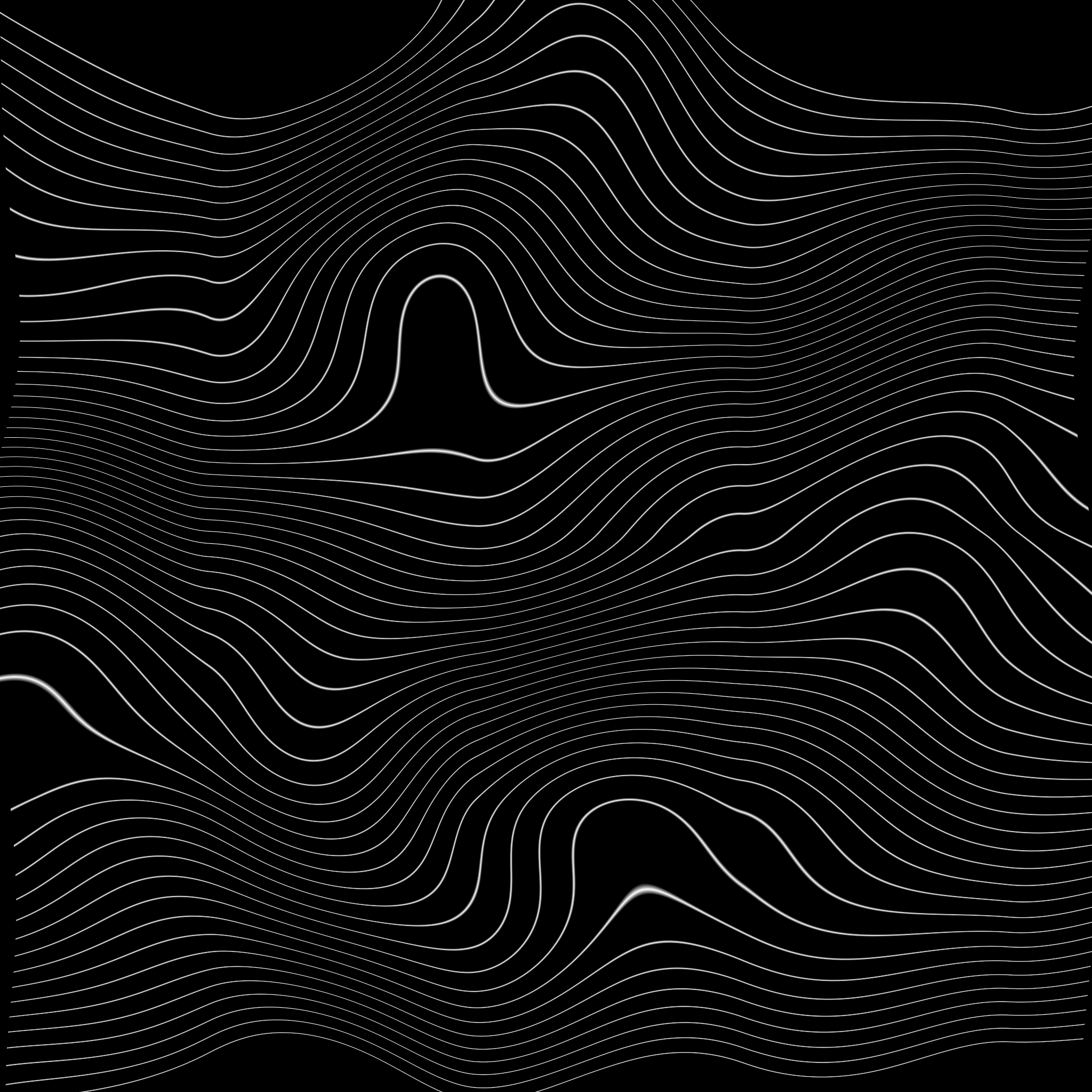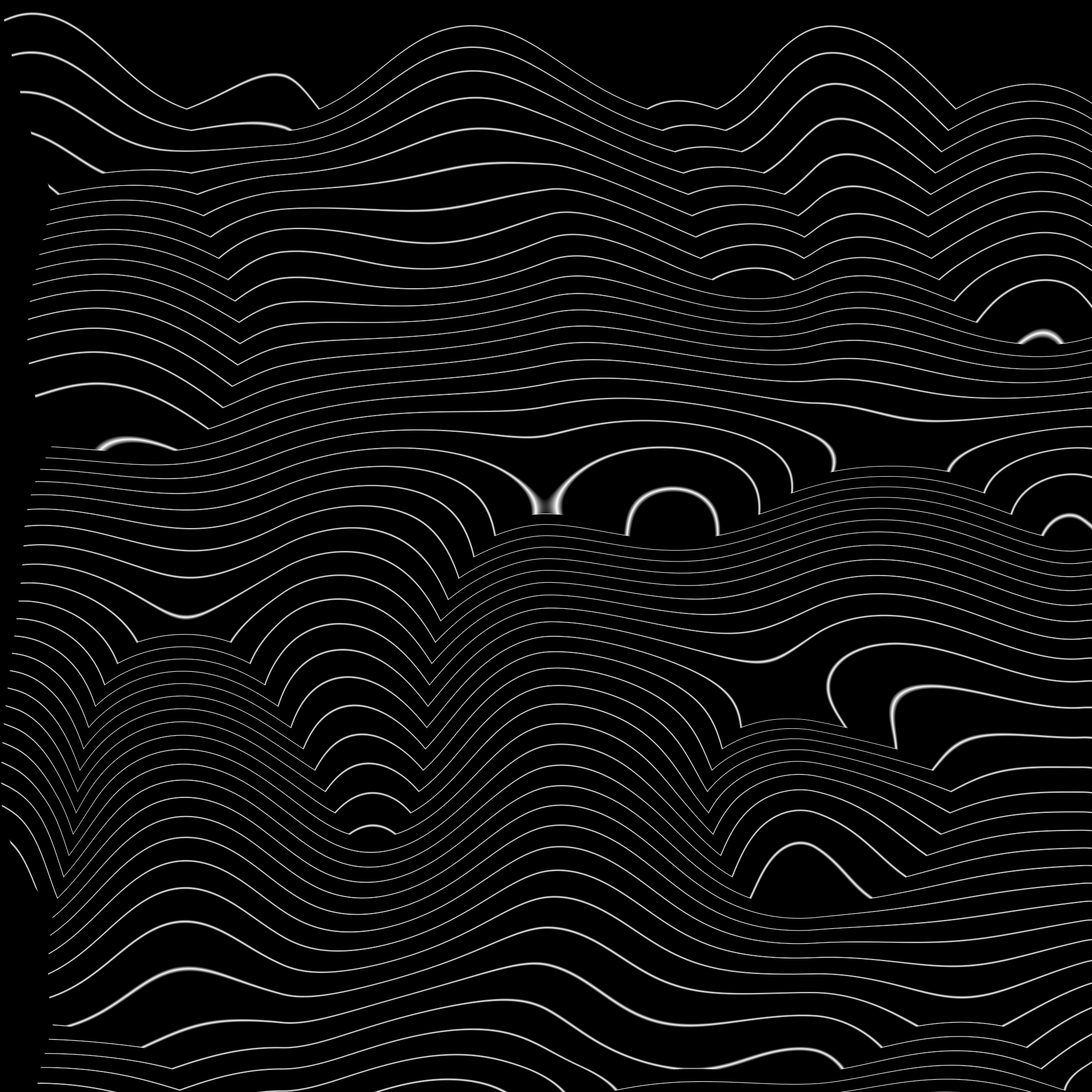Room 933
Speaking of Room 933 x 2: A chat with Cheryl Quejada about ‘Quarantine Reflection – Pagmumuni sa Panahon ng kuwarantena/Pahiwalay’
I spoke to Cheryl Quejada about her most recent project, ‘Quarantine Reflection’. The work was commissioned by Headquarters, a disabled-led digital space committed to centring and celebrating the work of disabled creatives and the diversity of their life experiences.
As a backstory to the project, Cheryl described how she and her partner, Ken Canning, visited Cheryl’s family home in Lucena City in the Philippines when COVID struck. The city was put under strict lockdown. They had expected to return to Sydney in early 2019 and had only taken enough medication for a short stay. While Cheryl was comfortable in the Philippines, surrounded by family, with her art studio and a lush garden, she became worried when Ken’s health deteriorated due to a lack of vital medication. She realised it was urgent they get back to Australia. Their return flights were cancelled five times. In May 2022, they were finally able to travel. Upon arrival in Sydney, they went straight into 14-day hotel quarantine, and Cheryl found life confined to hotel room 933 incredibly stressful. Ken was very ill and needed urgent medication. Obtaining the necessary medical prescriptions was more difficult than first anticipated. They were experiencing the added pressure of having to come up with $4000.00 to pay for their quarantine.
They had no physical contact with other human beings during this time, aside from the health workers who came into the room three times a day. Dressed in sterile medical gear and what resembled hazmat suits, they checked temperature and blood pressure and tested for COVID. Cameras monitored the corridor. If Cheryl or Ken had stepped outside their door, they would have had to start the 14 days quarantine again. Cheryl felt anxious as they were both unvaccinated and had been travelling with people they didn’t know. She feared they would test positive for the virus and maybe not leave the hotel alive.
Workers delivered breakfast in brown paper bags every morning and the evening meal at night. They’d knock and leave the bags, marked 933 x 2 (inhabitants), at the door. By the end of the second day, Cheryl was missing home and deeply depressed. She took the brown paper bags and laid one on top of the other, wondering how many bags the hotel used daily with such a large number of people in quarantine. Did people throw away the bags after they ate the meals?
As someone who makes a point of recycling, Cheryl often repurposes found goods in her artwork. On this occasion, she took oil pastels and pencils that she had brought from the Philippines and used the paper bags as her canvases. She added texture to her art by making glue from the rice they received in their meals and pasting pieces of toilet paper to the bags. The process re-energised her and released her psychologically from the confines of the room. Her art-making served as one way to establish some sanity amid isolation, containment, fear and bureaucracy.
When I look at Cheryl’s artwork on paper bags, I feel a mosaic of emotions that includes shapes of melancholy, desire, pain and joy. In quarantine, she began reminiscing about the jars they used to put water in when they were kids. Her mother’s people are traditionally jar makers. One of the first pieces she worked on was Bag no 2, a celebratory and slightly whimsical drawing of a jar in the shape of a handbag. Bag no 3 depicts a child lying across a carpet of green. I asked Cheryl about the work. She explained that she drew an approximation of one of Ken’s nephews based on a photograph of him lying on grass in the sunshine.
“I couldn’t get him out of my mind,” she said.
The choice of colours, orange and green, suggests the peace Cheryl felt when she sought solace in the photograph on her worst days in quarantine.
One morning, she received a note on one of the brown paper bags. It read, ‘Enjoy! Ana 😊‘. It was a small gesture but very important to Cheryl’s wellbeing.
“Ana was Filipina, and she was a bird of paradise to me. So I dedicated Bag no 10 to her and called it ‘Bird of Paradise’.”
None of the people in quarantine were allowed to cook and were all dependent on the food delivered in the brown paper bags.
Cheryl laughed, “Ken was craving an egg, so on Bag no 12, I drew Ken’s head. The fried egg is in front of him.”
Bag no 15 is drawn in warm browns, featuring a pink flower in a vase. To the side, there is an eye which represents Cheryl’s deep desire for home. She explained her process, “Most of the time, I paint images in my mind, not realist objects in front of me.”
The naked humanoid figure on a chessboard, Bag no 16, supports this claim. It is slightly surreal, perhaps more a magic realist form of storytelling. Chess pieces signify the COVID virus, and the black circles represent bullet holes. I sense fear and threat when I look at this drawing and wonder if it is associated with the poor health and the anxiety that both Cheryl and Ken expressed. The violence of being locked in a room, of not having control. The fear that perhaps they would not survive the ordeal wouldn’t leave Room 933 alive.
Bag no 18 shows a man wearing a skull cap. He is looking contemplatively at the sky, and he is crying. The tears contribute to an understanding of the yearning and the pain of missing home that runs through Cheryl’s work. Her art is informed by honesty and integrity deeply rooted in her forebearers’ culture and intimate geography. In addition, she consistently demonstrates sincere compassion and concern for the suffering of others.
Cheryl runs her fingers over a small rip in one of the bags and says, ‘I like to retain the wear and tear.’
Many of the characters she draws, and perhaps Cheryl too, show the life they have lived. The scars and marks, internally and externally, map where we have been before and what informs who we are now. The person on Bag no 20 is wearing a mask. Their eyes are sad. The muscles in their face are exposed. The brain is drawn in green, a colour Cheryl associates with promise and positivity. Tropical greens and earth tones characterise this project, sometimes punctuated by bright colours. She has drawn a pattern in the background of this drawing based on weaving designs from her mother’s county in the Ilocos region of the Philippines. Her work often reflects the tradition of inabel. Bag no 19 directly refers to the strength and militancy of Babae, maternal nurturers and warriors. It portrays the letter ‘B’, which in the region’s ancient, indigenous writing system represents woman, the female.
Cheryl has drawn a door on Bag no 11. You make your way through the red marks representing Covid and enter the door to find green. Green is everpresent in her work — a fertile place, ancestral past and future, a state of being to which we may aspire.
Gaele Sobott
9 June 2022


